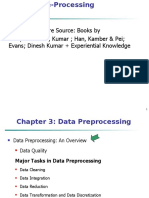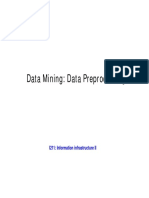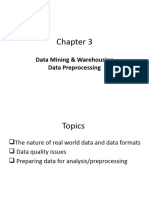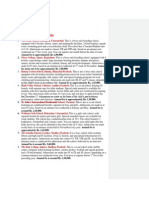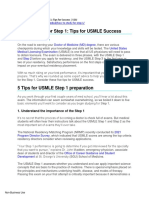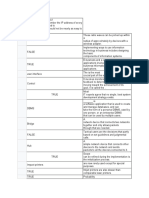0% found this document useful (0 votes)
14 views59 pagesC2 - Data Cleaning & Preprocessing
The document outlines essential techniques for data cleaning and preprocessing in machine learning, including handling missing values, removing duplicates, and detecting outliers. It emphasizes the importance of data transformation, scaling, and encoding categorical data to prepare datasets for modeling. Additionally, it provides real-life examples and methods for implementing these techniques effectively.
Uploaded by
Priyanka RajputCopyright
© © All Rights Reserved
We take content rights seriously. If you suspect this is your content, claim it here.
Available Formats
Download as PDF, TXT or read online on Scribd
0% found this document useful (0 votes)
14 views59 pagesC2 - Data Cleaning & Preprocessing
The document outlines essential techniques for data cleaning and preprocessing in machine learning, including handling missing values, removing duplicates, and detecting outliers. It emphasizes the importance of data transformation, scaling, and encoding categorical data to prepare datasets for modeling. Additionally, it provides real-life examples and methods for implementing these techniques effectively.
Uploaded by
Priyanka RajputCopyright
© © All Rights Reserved
We take content rights seriously. If you suspect this is your content, claim it here.
Available Formats
Download as PDF, TXT or read online on Scribd
/ 59





















